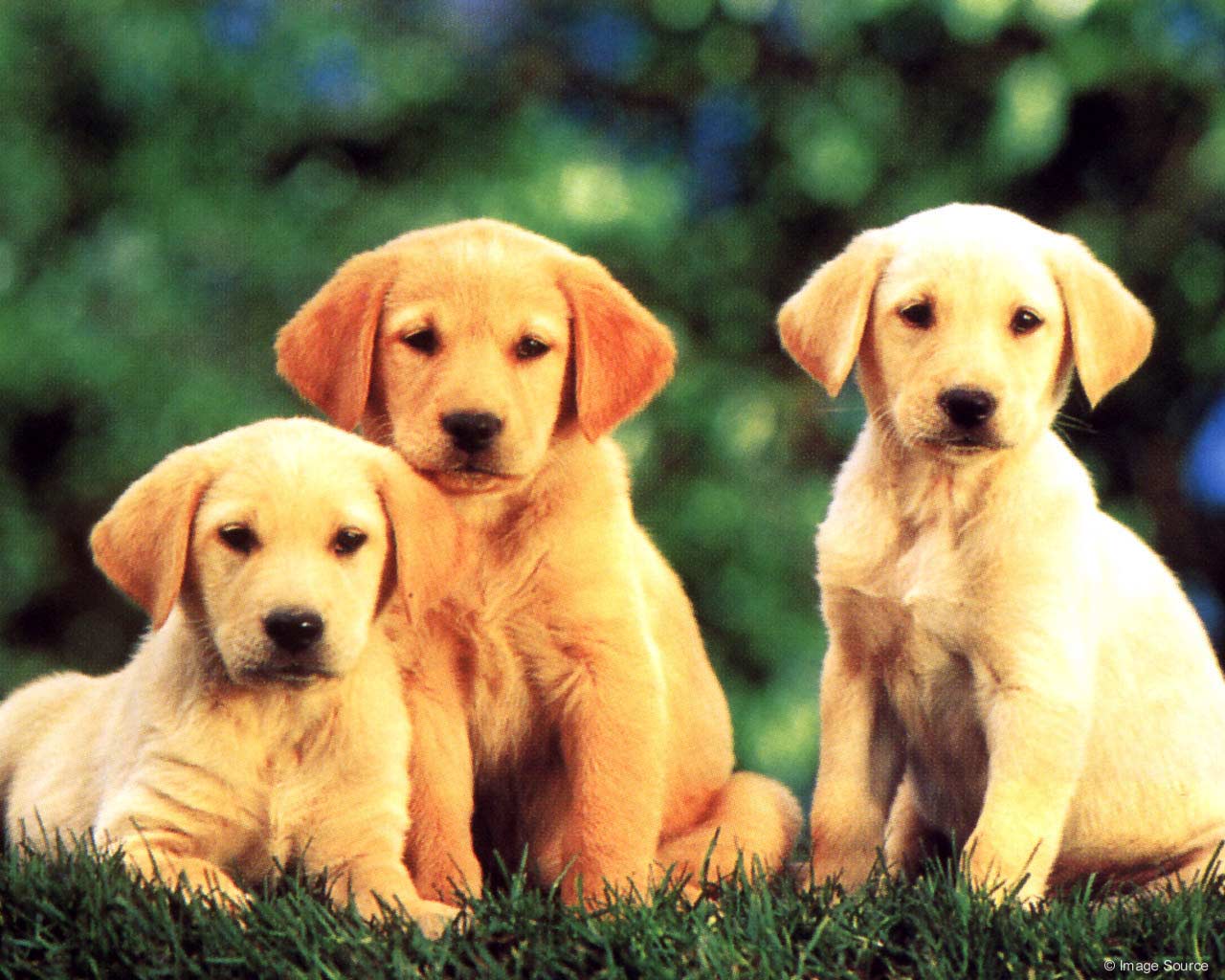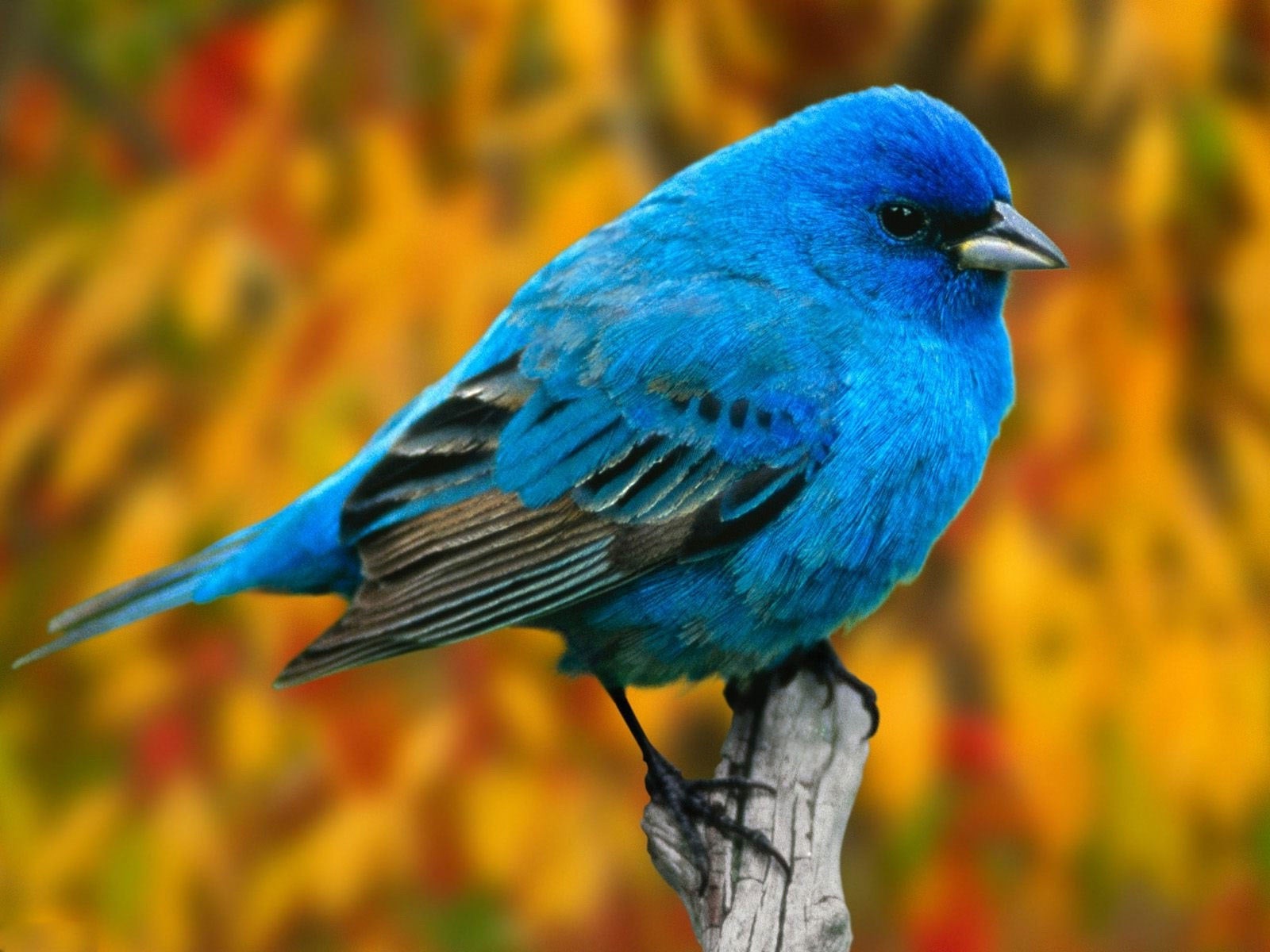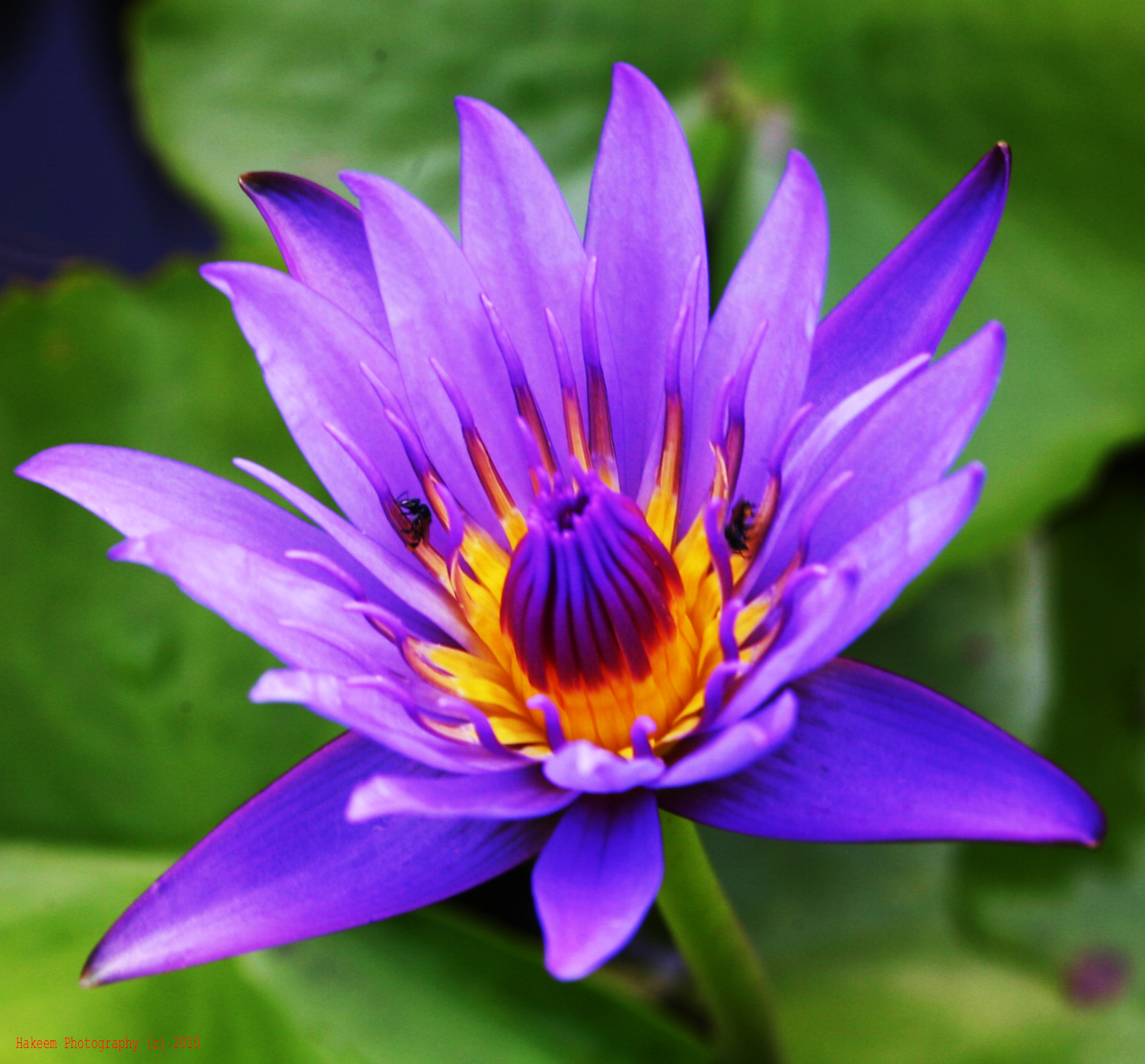How big is a 2 Month Old Bearded Dragon? The Ultimate Size Guide!
Introduction
Bearded dragons are one of the most popular reptilian pets, and there is no doubt why! They are docile, easy-to-care-for, and come in so many vibrant colors. If you’re a beginner to the world of bearded dragons, size can be a daunting factor to consider. How big is a 2-month-old bearded dragon? This blog post will guide you through the ultimate size guide of a 2-month-old bearded dragon, so you can be more confident about taking care of your pet.
Bearded Dragon Growth Rate
Understanding the growth rate of bearded dragons is essential to understanding their size. Young bearded dragons grow very rapidly compared to adult bearded dragons. In their first year, they can grow up to inches in length each month!
2-Month-Old Bearded Dragons
At 2 months old, bearded dragons are still juveniles and will continue to grow for several months to come. On average, a two-month-old bearded dragon measures between 6 to 8 inches in length from head to tail. Females tend to be slightly smaller than males. Additionally, a two-month-old bearded dragon’s weight ranges between 20 to 30 grams. While these measurements may not seem like much, they can vary depending on the subspecies of the bearded dragon.
Factors that Affect Bearded Dragon Size
Several factors can affect the size of your bearded dragon. These factors include genetics, diet, and living environment. As a pet owner, it is essential to give your bearded dragon the best possible care to ensure healthy growth.
Genetics
Bearded dragons come in different subspecies, and each subspecies has unique characteristics. It is essential to understand the subspecies of your bearded dragon since they can affect their growth rate and size. For instance, Pogona Vitticeps (inland bearded dragons) are known to be larger than Pogona Henrylawsoni (Rankin’s bearded dragons).
Diet
Diet plays a vital role in determining the size of your bearded dragon, mainly their protein intake. As juveniles, bearded dragons require a diet that is high in protein to support their rapid growth. When feeding your bearded dragon, ensure their diet consists of gut-loaded insects, such as crickets, dubia roaches, and silkworms. Additionally, you can supplement their diet with vegetables and fruits. Remember, do not feed your bearded dragon any insects that are too large for them to handle as blockages can occur.
Living Environment
Providing a comfortable and safe living environment is vital for the growth of your bearded dragon. A tank size of 40-gallon is recommended for a single juvenile bearded dragon. Additionally, ensure that the enclosure is fitted with the appropriate lighting, temperature, and humidity levels. Suboptimal living conditions can cause stunted or slowed growth, resulting in a smaller-sized bearded dragon.
Conclusion
In conclusion, understanding the size of your bearded dragon can help you provide the appropriate care they require. As a 2-month-old, bearded dragons can measure between 6-8 inches in length and weigh between 20-30 grams. As a pet owner, ensure that they are given the best possible care to ensure healthy growth. Don’t forget to take into consideration factors that can affect their size such as genetics, diet, and living environment. By taking all these factors into account, you can guarantee that your bearded dragon will thrive and grow into a beautiful adult.










